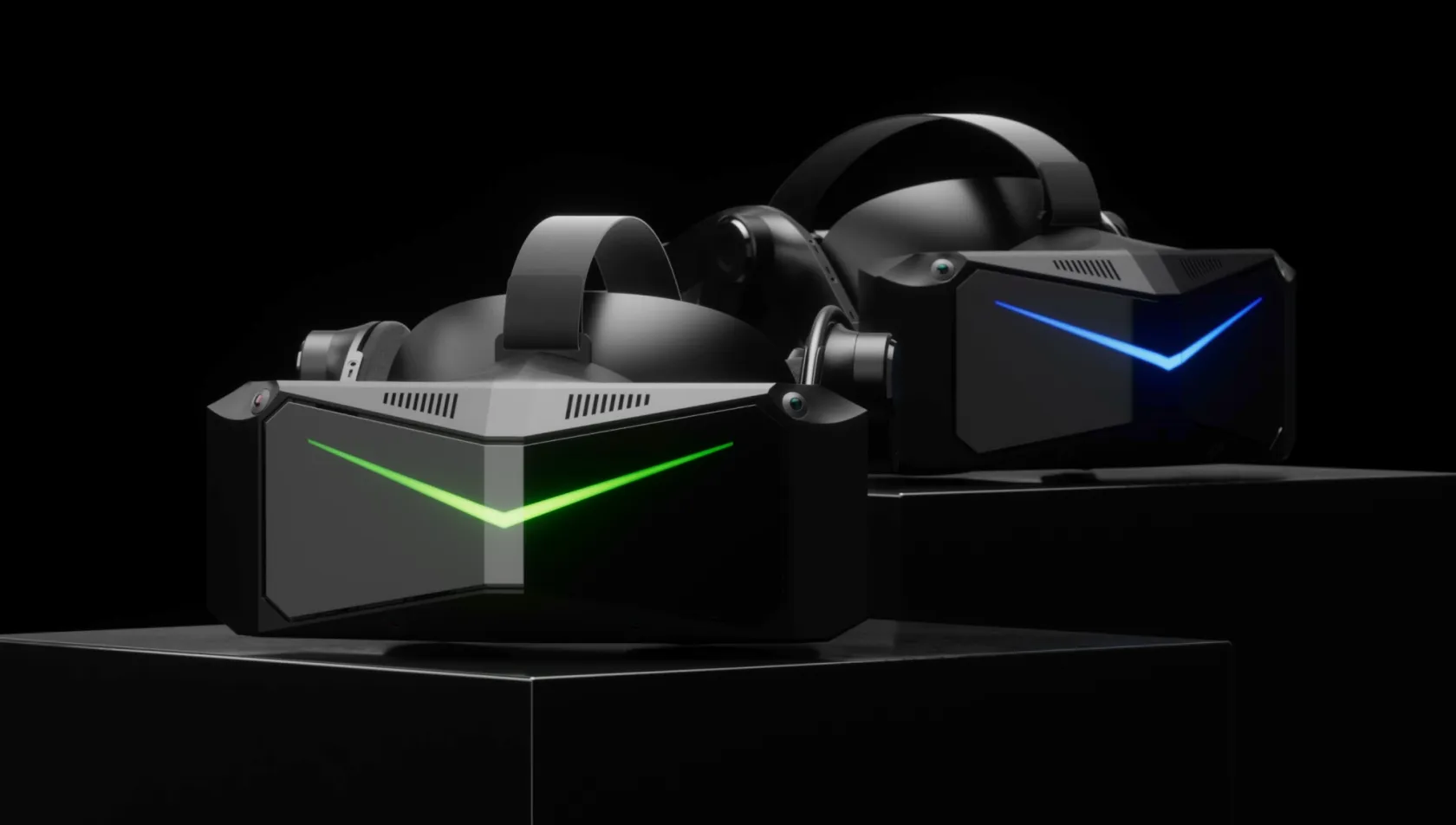Pimax Review, Features & Pricing (2025)
Explore our in-depth review of the Pimax Crystal VR headset, highlighting its features, performance, and user experience for dedicated gamers and simulation enthusiasts.

Overview of Pimax VR Headsets
Pimax has carved a niche for itself in the virtual reality market by focusing on high-end headsets that cater primarily to hardcore gamers and simulation enthusiasts.
The company has consistently pushed the boundaries of immersive experiences with its technology, particularly through its commitment to delivering an expansive field of view (FOV). This emphasis is evident in earlier models, which offered up to 200° FOV, and it continues with the latest offerings, namely the Pimax Crystal and Pimax Crystal Light.
The evolution of Pimax headsets showcases significant advancements in visual fidelity and immersion. The Pimax Crystal, for example, enhances the user experience with its exceptional clarity and resolution, setting the stage for a more immersive gaming experience.
By prioritizing features that appeal to dedicated gamers, Pimax differentiates itself from more casual VR solutions, positioning itself as a leader in the high-end VR landscape.
Key Features of the Pimax Crystal
The Pimax Crystal is packed with impressive specifications, featuring a stunning resolution of 5760 x 2880 pixels, providing users with exceptional clarity in their virtual experiences. The headset supports a refresh rate ranging from 90Hz to 120Hz, which enhances the fluidity of visuals during fast-paced gameplay.
The use of advanced aspheric glass lenses significantly reduces glare and improves clarity over the more common Fresnel lenses found in other headsets.
Additionally, the Pimax Crystal boasts a wide field of view of 125°, which further immerses users in their gaming environments. One of the standout features is the integrated eye tracking technology, which enables dynamic foveated rendering.
This technology not only enhances performance but also improves visual quality by adjusting the rendering based on where users are looking, making the experience even more engaging. The headset supports both wired and standalone modes, although users have reported that standalone performance does not match the wired experience.
Performance Comparison with Competitors
Priced at approximately $1,600, the Pimax Crystal competes with other high-end models like the Meta Quest Pro and Apple Vision Pro. With dual 4K displays, it offers one of the highest resolutions currently available in consumer VR. However, when compared to the Meta Quest 2, users have reported experiencing significant input lag and tracking issues that could hinder gaming precision.
While the Pimax Crystal excels in visual clarity and immersion, particularly in cockpit-based simulations like "Microsoft Flight Simulator" and racing games like "Assetto Corsa Competizione," the complex setup process can deter casual gamers.
Moreover, the advanced aspheric lenses yield better clarity and reduced distortion than many competing headsets, making it a preferred choice for simulation enthusiasts. Nonetheless, the weight of the headset and the cumbersome setup may detract from the overall user experience, especially for those not well-versed in VR technology.
User Experience and Comfort
User reviews of the Pimax Crystal indicate that while it offers impressive visuals, it is heavier than many competitors, weighing in at around 960 grams. This added weight can lead to discomfort during extended gaming sessions.
The design features a hot-swap battery system, which allows users to change out batteries without having to power off the headset. However, removing the battery can require a bit of effort, which has been noted as a minor drawback.
Although the integrated audio quality has received praise, some users prefer to use external headphones for a more immersive sound experience.
Setup Process and Usability
Setting up the Pimax Crystal can be a complex affair. Users are required to properly install the battery and adhere to a specific connection order to ensure optimal functionality. The initial setup often involves utilizing the Pimax app for customization, which may lack clear play area boundaries, leading to confusion for new users.
Furthermore, users have reported challenges related to USB port requirements, which can result in issues such as flickering if not properly addressed.
The eye tracking setup is particularly finicky, requiring precise calibration for optimal performance, which might discourage less tech-savvy users from fully enjoying the headset. Troubleshooting connectivity issues can also be time-consuming, further complicating the user experience.
Pimax Crystal Light : An Affordable Alternative
The Pimax Crystal Light offers a more budget-friendly option, priced under $900, while still delivering high-resolution visuals comparable to the standard Pimax Crystal.
With a resolution of 2880 x 2880 pixels per eye and a refresh rate of up to 120Hz, it aims to provide an exceptional VR experience without the hefty price tag of the original model. However, it lacks wireless capabilities, requiring a tethered connection to a PC, which can limit mobility during use.
The Crystal Light is also more comfortable option for longer sessions. While it still offers 6DoF inside-out tracking, users have reported occasional disconnections, which may disrupt gameplay. Integrated audio quality has been deemed decent, but some users still recommend connecting external headphones for enhanced sound quality.
Despite these limitations, early testers have positively reviewed the Crystal Light, particularly for simulation games, indicating a strong potential in the affordable VR market.
Pimax Crystal Super
The Pimax Crystal Super is the latest high-end iteration in the Crystal lineup, delivering even greater performance for virtual reality enthusiasts. It stands out with a dual 4K QLED display featuring Mini LED technology, ensuring exceptional clarity and deeper blacks.
With a refresh rate of up to 120Hz and reduced latency, it enhances smoothness and responsiveness, especially for simulation games and demanding immersive experiences. The 140° field of view (FOV) further improves immersion, surpassing many competitors.
In terms of tracking, it features advanced eye tracking with dynamic foveated rendering, optimizing graphical quality where the user is looking. Priced at around $2,000, it positions itself as a premium option in the market, directly competing with the Apple Vision Pro and professional-grade Varjo solutions.